For dental professionals themselves, there are an array of hazards that must be studiously negotiated. Genge continued, “Dentists, eager to stay competitive, may sometimes embrace AI without fully understanding its limitations or ensuring compliance with existing laws. Some lack adequate training to use AI effectively or critically evaluate its output. In some cases, reliance on marketing claims about AI’s capabilities has overshadowed rigorous assessment. There is a gap in ensuring all AI systems meet compliance standards and ethical guidelines.”
These views are echoed by Gaudin, who states that “since the AI algorithms do not perform with a 100% accuracy, the dentist may rely too much on the AI which, for example, may lead to a caries treatment that is actually not there. This diagnostic imperative remains solely in the hands of the dental assistant and the dentist.”
A final and crucial dilemma that problematises the swift uptake of AI is data security and the potential of sensitive patient information to be appropriated and exploited by cyber-attacks, another core focus of Genge’s ongoing work. “Dental practices handle sensitive patient data, making them targets for cyber-attacks. If AI tools are poorly secured, or staff are not trained on what data can and cannot be used in different applications, patient records could be compromised. Additionally, cybercriminals are now leveraging AI which means that more than ever we need to ensure dental teams are receiving proper security awareness training, and that practices have a multi-layered approach to network and system cybersecurity.”
Without question, the inclusion of AI within dentistry is generating extensive transformations and its adoption remains a mixed blessing. Its ability to perform a wide sweep of technical and administrative tasks rapidly, accurately and economically is clearly its principal attraction. However, as this article has shown, both the technology and its human operators are imperfect creations, similarly prone to err. Like the wider economic system of which it is a part, there may be no way of arresting its incessant diffusion, but at the very least, we must ensure that, through rigorous training, regulation and ethical frameworks, its potential for harm is reduced to the bare minimum.



 Austria / Österreich
Austria / Österreich
 Bosnia and Herzegovina / Босна и Херцеговина
Bosnia and Herzegovina / Босна и Херцеговина
 Bulgaria / България
Bulgaria / България
 Croatia / Hrvatska
Croatia / Hrvatska
 Czech Republic & Slovakia / Česká republika & Slovensko
Czech Republic & Slovakia / Česká republika & Slovensko
 France / France
France / France
 Germany / Deutschland
Germany / Deutschland
 Greece / ΕΛΛΑΔΑ
Greece / ΕΛΛΑΔΑ
 Hungary / Hungary
Hungary / Hungary
 Italy / Italia
Italy / Italia
 Netherlands / Nederland
Netherlands / Nederland
 Nordic / Nordic
Nordic / Nordic
 Poland / Polska
Poland / Polska
 Portugal / Portugal
Portugal / Portugal
 Romania & Moldova / România & Moldova
Romania & Moldova / România & Moldova
 Slovenia / Slovenija
Slovenia / Slovenija
 Serbia & Montenegro / Србија и Црна Гора
Serbia & Montenegro / Србија и Црна Гора
 Spain / España
Spain / España
 Switzerland / Schweiz
Switzerland / Schweiz
 Turkey / Türkiye
Turkey / Türkiye
 UK & Ireland / UK & Ireland
UK & Ireland / UK & Ireland
 Brazil / Brasil
Brazil / Brasil
 Canada / Canada
Canada / Canada
 Latin America / Latinoamérica
Latin America / Latinoamérica
 USA / USA
USA / USA
 China / 中国
China / 中国
 India / भारत गणराज्य
India / भारत गणराज्य
 Pakistan / Pākistān
Pakistan / Pākistān
 Vietnam / Việt Nam
Vietnam / Việt Nam
 ASEAN / ASEAN
ASEAN / ASEAN
 Israel / מְדִינַת יִשְׂרָאֵל
Israel / מְדִינַת יִשְׂרָאֵל
 Algeria, Morocco & Tunisia / الجزائر والمغرب وتونس
Algeria, Morocco & Tunisia / الجزائر والمغرب وتونس
 Middle East / Middle East
Middle East / Middle East

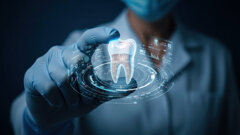





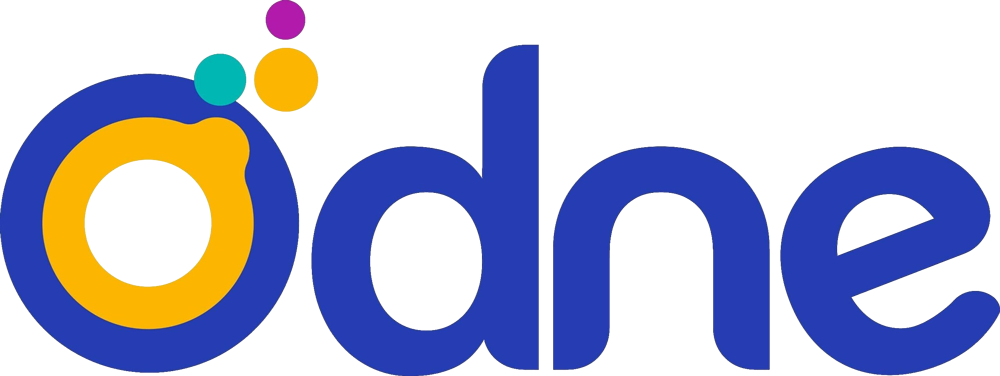













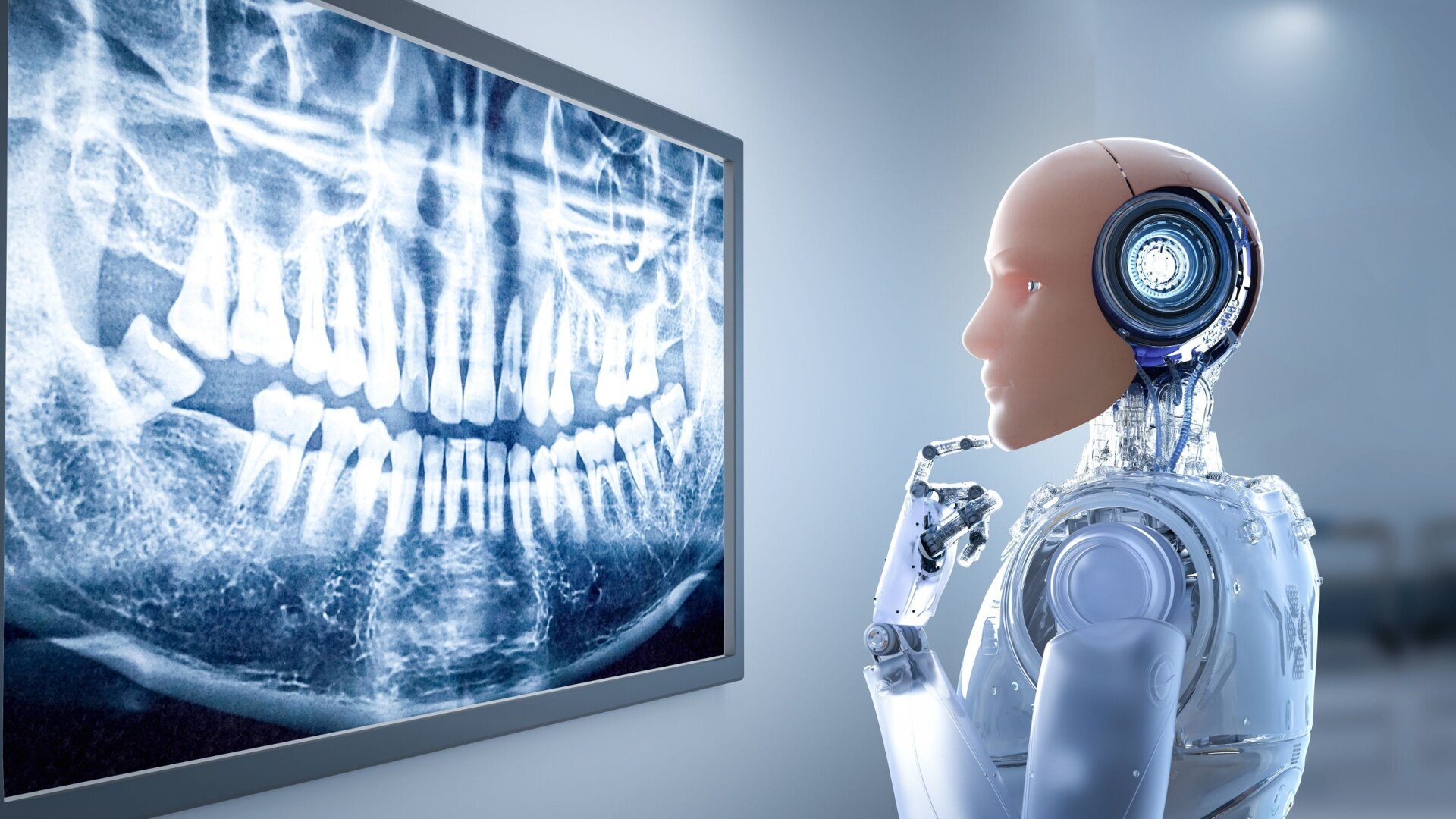

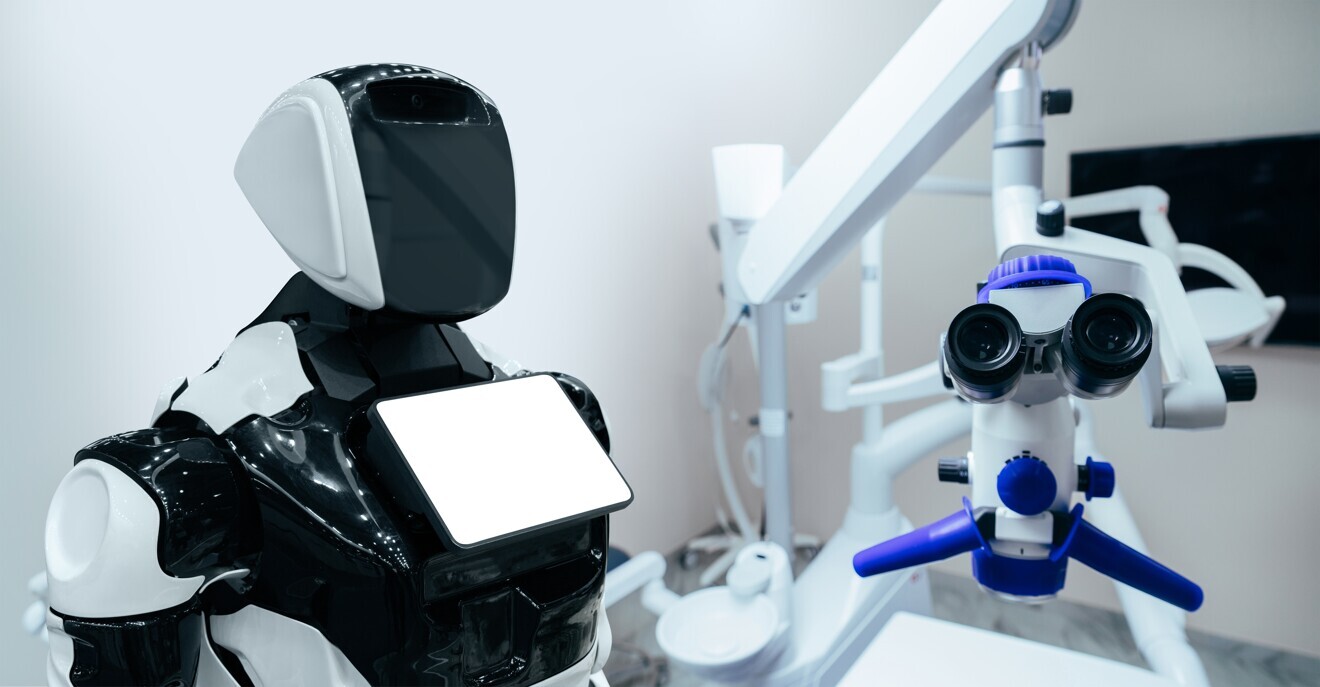

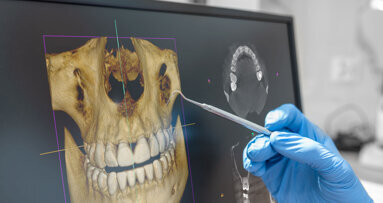
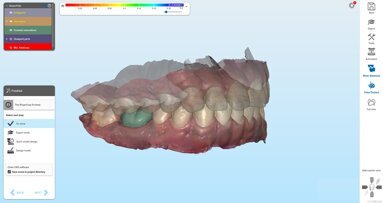






To post a reply please login or register